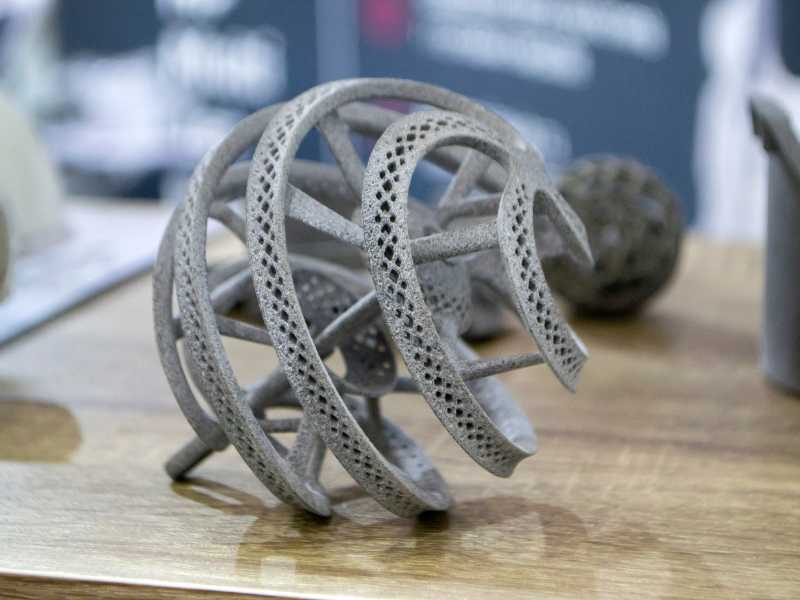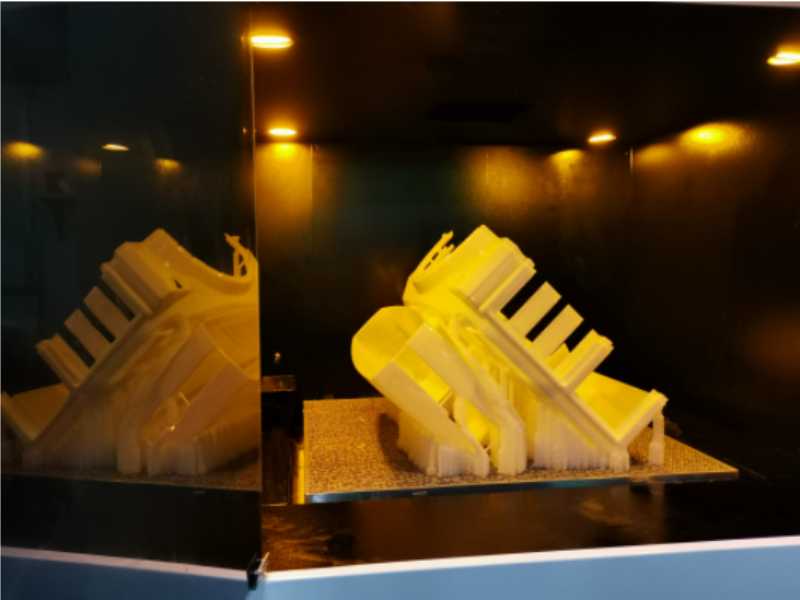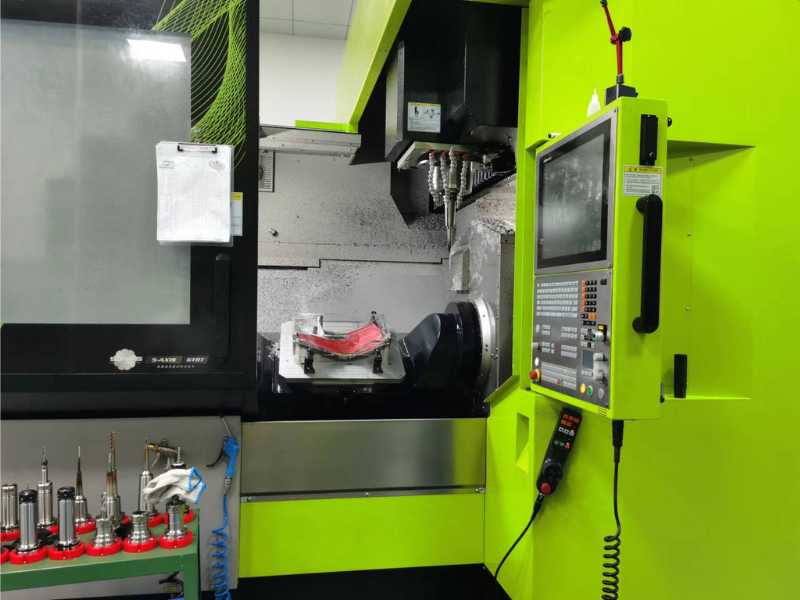Rapid Prototyping: Accelerating Product Development
Rapid prototyping is a crucial early step in product development that allows designers and engineering teams to quickly iterate upon initial designs. This phase focuses on testing the form, fit, and function of the product or component, with the minimum viable product (MVP) containing only the essential features necessary for testing and gaining user feedback. Quick-turn or digital manufacturing processes like 3D printing or CNC machining are preferred during rapid prototyping to maximize speed and efficiency, allowing designers to test multiple iterations within a short period and finalize the plan quickly.
Advantages of Rapid Prototyping
Rapid prototyping offers two primary advantages:
- Validation: By gathering user feedback and conducting functional tests, rapid prototyping guarantees that the final product or component will achieve its design goals.
- Cost savings: Rapid prototyping minimizes costs since teams do not need to invest in capital for tooling or manufacturing equipment required for a production run of parts. Rapid prototyping doesn’t have to break the bank thanks to cheaper production methods like CNC milling or injection molding using aluminum tooling.

Stereolithography (SLA)
Parts are created in a pool of UV-curable photopolymer resin using a computer-controlled laser in a 3D printing method known as stereolithography (SLA). After lowering the solidified layer just below the surface of the liquid wax, the laser traces and cures a cross-section of the component design on the surface of the liquid resin. This process is repeated, and each newly cured layer adheres to the layer below it until the part is completed.
Pros
Intricate geometries and high-quality surface finishes are no problem for SLA, making it a viable option for making idea models, cosmetic prototypes, and sophisticated designs. The cost is competitive, and the technology is available from several sources.
Cons
Prototype parts made using SLA may not be as strong as those made from engineering-grade resins, limiting their use for functional testing. UV and humidity exposure should be kept to a minimum while using SLA-built components as well.
Selective Laser Sintering (SLS)
Selective Laser Sintering (SLS) is an additive manufacturing process that uses a computer-controlled CO2 laser to draw onto a hotbed of nylon-based powder from the bottom up, lightly fusing the powder into a solid. Each time a roller goes over the bed, it deposits a new layer of powder on top. In order to create precise and durable components with complicated geometries, SLS employs stiff nylon or elastomeric TPU powders, just like genuine engineering thermoplastics. However, SLS components have a grainy finish and lack a high level of detail.
Pros
SLS can produce parts that are more accurate and durable than those made using SLA. The method is well-suited to several types of functional testing and can produce long-lasting, complex-geometry components.
Cons
The parts have a sandy texture, and the process has a limited resin choice.
Direct Metal Laser Sintering (DMLS)
Additive manufacturing with Direct Metal Laser Sintering (DMLS) creates both metal prototypes and finished products. Drawing onto a surface of atomized metal powder, the laser system used in DMLS welds the powder together to form a solid. After each layer, more powder is added with a blade, and the procedure is repeated. Since most alloys can be used with DMLS, prototypes may be manufactured of the same high-quality material as final parts.
Pros
DMLS produces strong prototypes from various metals that can be used for functional testing. Since the components are built layer by layer, it is possible to design interior features and passages that could not be cast or machined otherwise. The pieces have the same mechanical qualities as those manufactured using traditional methods.
Producing more than a few DMLS parts can be expensive. The surface finish of these parts is slightly rough due to the powdered metal origin of the natural metal process. The procedure takes a long time and often requires costly post-processing.
Fused Deposition Modeling (FDM)
Extrusion-based FDM employs molten and resolidified layers of thermoplastic resin to create prototypes. While FDM parts are moderately priced, relatively strong, and can be suitable for some functional testing, they have a poor surface finish and limited suitability for functional testing.
Multi Jet Fusion (MJF)
MJF uses an inkjet array to apply selectively and detailing agents across a bed of nylon powder, which are then connected by heating elements into a solid layer. In as little as one day, MJF can create fully functioning nylon prototypes and final production components, with the latter including adequate detail resolution and high-quality surface finishes. However, SLS offers superior tiny feature precision than MJF, and MJF is currently constrained to PA12 nylon.

PolyJet
With PolyJet, a print head sprays a photopolymer resin, which is then cured in successive layers by ultraviolet light.While PolyJet is moderately priced and can prototype over-molded parts with flexible and rigid materials, it has limited strength and is not suitable for functional testing.
Computer Numerically Controlled Machining (CNC)
CNC machining involves cutting a solid block or rod stock of plastic or metal into a finished part through a subtractive process. The results from this technology often outperform those from any additive manufacturing process in terms of both strength and surface polish. Machined components employ engineering-grade thermoplastics and metals to provide high quality surface finishes and high strength. However, there may be some geometry limitations associated with CNC machining, and it is sometimes more expensive to do this in-house than 3D printing processes.
Injection Molding
Similar to traditional injection molding, rapid injection molding involves injecting thermoplastic resins into a mold. Molded components are created from a variety of high-quality technical materials, have a smooth finish, and are a reliable indicator of how easy they will be to produce. Rapid injection molding has a higher initial tooling cost than additive manufacturing or computer numerical control machining.
Choosing the Right Prototype for Your Project
Prototyping is an essential step in product development, and choosing the right prototyping process depends on where you are in your process and what you are trying to achieve. This article will explore the critical attributes of a prototype and the importance of using the right prototyping process to validate your design.
Concept Models
In the early stages of the design process, concept models are useful to stimulate thought and discussion and drive acceptance or rejection of an idea. A concept model is a physical model made to demonstrate an idea, allowing people from different functional areas to see the concept.
Prototyping Attributes
The prototyping attributes can be divided into several categories, including speed, appearance, assembly/fit testing, form, fit, functional testing, chemical resistance, mechanical properties, electrical properties, thermal properties, optical properties, life testing, and regulatory testing.
Functionality
If your prototype can accurately represent the attributes of the end-product, it is by definition functional. Requirements often include material properties, dimensional accuracy, and cosmetic surface finishes.
Manufacturability
If your prototype design can be produced in a manner that supports the requirements of the end-product, it is by definition manufacturable. Requirements include maintaining functionality, keeping the piece-part cost below the required level, and supporting the production schedule.
Viability
Even if your prototype design is functional and manufacturable, it does not mean anyone will want to use it. Prototypes are the only proper way to verify the viability of the invention in this sense. If your design can also pass the challenges associated with market trials and regulatory testing, you are well on your way to a successful product launch.
Conclusion
In conclusion, prototyping is a crucial step in product development, and choosing the right prototyping process is essential to validate your design effectively. Your prototype’s capacity to effectively represent the end-product’s features and to be manufactured in a way that meets the end-product’s needs depends on your careful attention to the important aspects of functionality, manufacturability, and viability. By using the appropriate prototyping process, you can obtain invaluable data from the performance and reaction to those prototypes, preventing potential product or manufacturing issues down the road.


